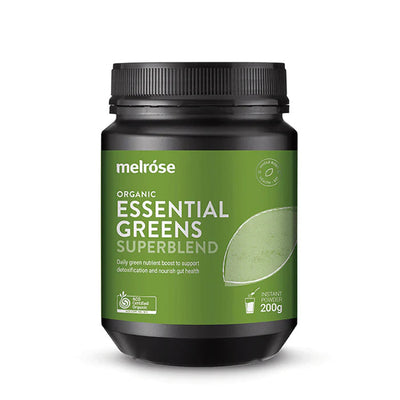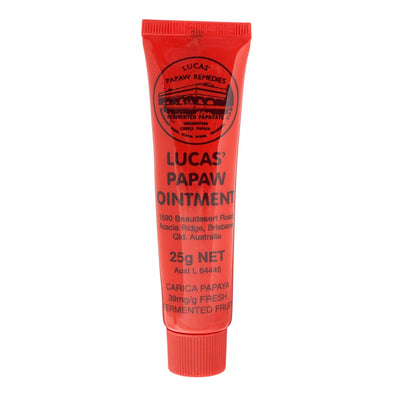Fabric Stains and Your Guide to Remove Them
We all have Fabric Stains and they do cause a lot of problems. As much as we like to think, a little soap and water will do the trick on removing common household stains, sometimes the hardest stains to remove call for a little patience and some much-needed elbow grease.Here we tackle even the most stubborn of messes (blood, sweat and tear-stains included).

One of the keys to any stain is to act fast, and to blot the stain rather than rub it. Blotting helps draw the stain out of the fabric, while rubbing pushes the stain deeper and can damage fibers.

Fabric Stain Removal Tips
Before you begin treating a stain, check the fabric's care label for helpful information on fiber content and recommended care, including the water temperature recommended. For washable items, treat the stain as quickly as possible, before it has a chance to set. Use the recommended cleaning method for that particular type of stain (outlined below). Usually, these treatment methods will recommend cold or lukewarm water, as hot water often sets stains. Similarly, you should always check a wet garment to see if the stain is gone before putting it in the dryer. The heat of the dryer can set the stain and make it permanent.


1. How to Remove Blood Stains from Clothes
How to treat machine-washables: For fresh stains, soak in cold water, then launder. For dried stains, pretreat or soak in warm water with a product containing enzymes, then launder. Stain removers may help.
2. How to Treat Chocolate Stains on Fabric
How to treat machine-washables: Pretreat in warm water with a product containing enzymes. Or treat with a prewash stain remover before laundering. If the stain remains, rewash the item with bleach that's safe for the fabric.

3. Removing Coffee or Tea Stains on Fabric
How to treat machine-washables: Soak the stain in cool water. Pretreat with a prewash stain remover, a liquid laundry detergent, or a paste of detergent and water. Launder with chlorine bleach, if safe for the fabric, or color-safe bleach.
4.How to Get Powdered Cosmetics Out of Clothing
How to treat machine-washables: Lightly brush off as much powder from the garment as possible. Pretreat with stain remover or liquid laundry detergent. Launder using the hottest water safe for the fabric.

5.How to Treat Red Wine Stains on Clothes and Linens
How to treat machine-washables: Cover the stain with salt and stretch the fabric over a bowl. Pour boiling water onto the stain. Launder. If stain remains, apply diluted white vinegar with an eyedropper. Flush with cool water and launder.
6.How to Remove Sweat Stains on Clothing
How to treat machine-washables: Apply ammonia to fresh stains, or white vinegar to old stains; rinse. Launder using the hottest water safe for the fabric, or wash with an enzyme product or color-safe bleach. (Never mix ammonia and bleach.) White shirts requires a unique method of a mix of equal parts of baking soda, hydrogen peroxide, and water to form a paste. Rub the mixture into the stain, let it rest for at least an hour, then wash as usual. Hydrogen peroxide is a natural bleaching agent, so this method should only be used for white fabrics.

7. Removing Oil-Based Paint Stains on Fabric
How to treat machine-washables: If the label on the paint recommends a thinner, use that solvent for stain removal, or try turpentine. Rinse and launder.
8.Tips for Treating Ink Stains on Fabric
How to treat machine-washables: Pretreat with stain remover and launder as usual. If the stain remains, place the item on clean paper towels. Sponge the area around the stain with denatured alcohol before applying the solvent to the stain. Frequently replace the paper towels as they get soaked. Rinse well and launder.
How to treat nonwashables: Make a solution of 1 part glycerin, 1 part clear dishwashing detergent, 8 parts water, and a few drops of white vinegar. Apply to the stain. Let stand 30 minutes, adding more solution to keep the stain moist. Rinse.

Plus many more











Leave a comment